General
Transport
People
Accomodation
Food & Drink
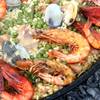 What is local food like in Spain?
What is local food like in Spain?
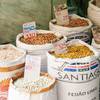 How much does the food cost?
How much does the food cost?
 What are some places to eat?
What are some places to eat?
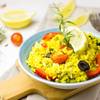 What local dishes to try in Spain?
What local dishes to try in Spain?
 What can I eat in Spain as a vegetarian?
What can I eat in Spain as a vegetarian?
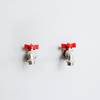 Can I drink tap water in Spain?
Can I drink tap water in Spain?
 What soft drinks are available?
What soft drinks are available?
 What alcoholic drinks to try while in Spain?
What alcoholic drinks to try while in Spain?
 What are the restrictions regarding alcohol consumption?
What are the restrictions regarding alcohol consumption?
 Where to buy alcohol in Spain and how much does it cost?
Where to buy alcohol in Spain and how much does it cost?
Sightseeing
Legal
Money
Safety & Health
Family travel

Is there a coffee and tea culture in Spain?
In Spain, there is a really strong coffee culture. It is really easy to expect Spanish coffee culture to be the same as Portuguese or Italian coffee culture because they are all neighbors. However, this is simply not true and there are many small differences (from the size of the coffee to the type of milk people use) that distinguish these countries.
Traditionally coffee in Spain was preserved using sugar that was subsequently burnt during the roasting process, resulting in that burnt or bitter flavor you can often taste in Spanish coffee. And while this process isn’t necessary today, we often see that it is still used because people are attached to the flavor.
A typical coffee order in Spain might be anywhere from a café sólo (like an Italian espresso but slightly different if you ask the experts) to a café con leche or a coffee with milk. In the middle you’ll find coffee such as a cortado (espresso with a touch of milk) or a manchado (a cup of milk with a touch of espresso). Details like how much milk is added to the drink and whether it is hot or cold – or potentially both – are things that can change from region to region. You also might see drinks such as cappuccinos (Italian) or a flat white (British) but they might not be what you are expecting.
In addition, you should know that people go out for their coffee and actually drink it in the coffee shop. Likewise, giant to-go cups are not common here so don’t expect to find them unless you are in a tourist place. It's better if you take advantage that a quick cup of coffee offers you to sit down and relax or interact with the local shop owner – it might help you see things from a Spanish perspective.
In a country like Spain, with a coffee and chocolate culture dating back centuries, drinking tea used to be pretty strange. Herbal teas were linked with health and there weren’t many varieties available apart from classics like chamomile for stomach aches or star anise to help gassy children (a controversial use). Drinking peppermint tea was considered a walk on the wild side in healthy life.
However, today there are cafés and stores dedicated exclusively to the sale of tea on many streets, and in many cities in Spain. Whether these places are big chains or locally owned, they offer many different types of tea to choose from (black, white, red, green…) to the point of being overwhelming at times.
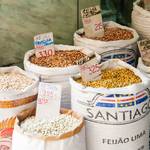
How much does the food cost?

Do people in Spain speak English?

What can I bring home from Spain?
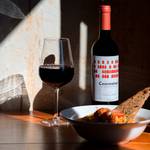
Where to buy alcohol in Spain and how much does it cost?

What items should I pack when travelling to Spain with children?
